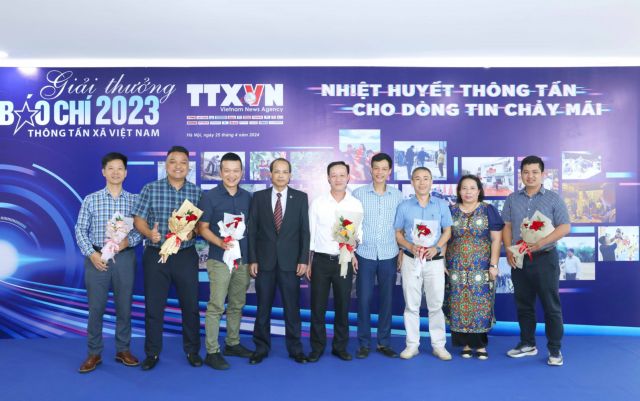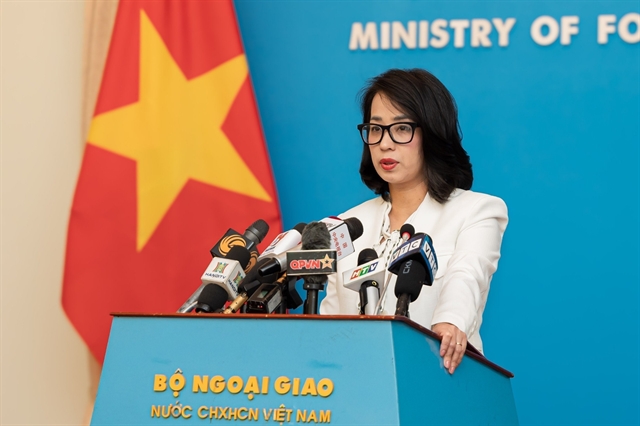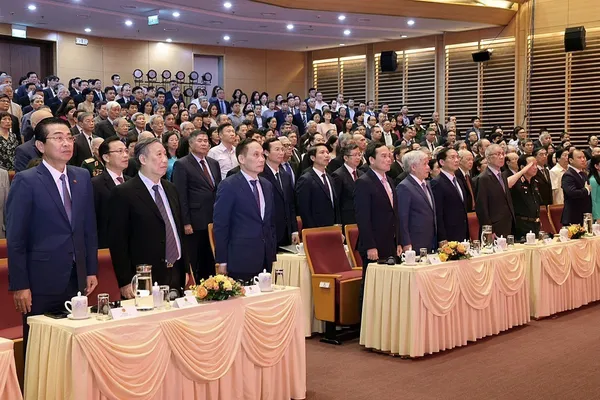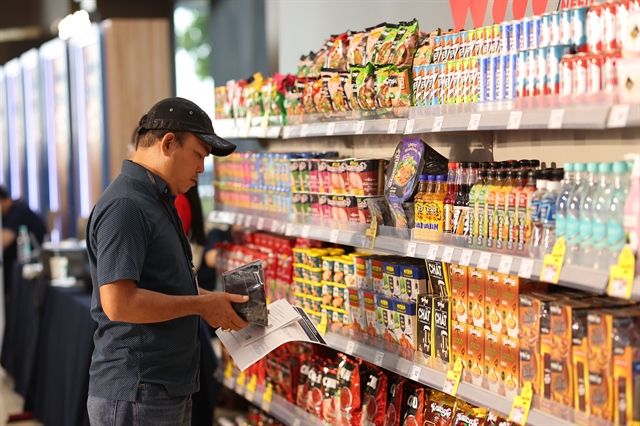 Society
Society

The master plan for Việt Nam’s capital city has been adjusted, nearly doubling the metropolitan area.
HÀ NỘI — The master plan for Việt Nam’s capital city has been adjusted, nearly doubling the metropolitan area.
Under the adjustments to the Hà Nội Capital Region Construction Master Plan to 2030 with a vision to 2050, announced on Thursday by the Ministry of Construction, the Hà Nội capital region now includes Hà Nội and nine neighbouring provinces: Vĩnh Phúc, Bắc Ninh, Hải Dương, Hưng Yên, Hà
Ngô Trung Hải, Director of the Việt Nam Institute of Urban and Rural Planning (VIUP), said the plan aims to meet the demands for development and the management of planning and investment during the construction of the region to create linkage among the localities.
It also ensures the effective distribution of national resources, limits the negative aspects of urbanisation on the living environment and the impacts of climate change in order to turn the region into one of prosperity with a sustainable environment.
The master plan is also the basis for drawing and adjusting provincial level planning, planning for belt roads, inter-provincial highways, specialised zones, the overall planning for urban areas, planning for new-style rural areas, and the overall infrastructure plan.
It is also the basis for creating a database for management, recommending policies and regional management models.
According to the master plan, Hà Nội, Vĩnh Phúc and Bắc Ninh will form a key development triangle thanks to their advantages in industry, training, human resources and infrastructure.
Hải Dương, Hưng Yên and Hà Nam are gateways to the sea with the Hà Nội–Phố Nối–Hải Dương– Hải Phòng corridor and the economic triangle to the south of Hà Nội (Hưng Yên– Đồng Văn– Phủ Lý).
The three provinces will develop urban-industrial services connecting the region to the maritime economic gateways, while developing clean energy, support industry, logistics, health, sports and agricultural processing.
Hòa Bình, Phú Thọ, Thái Nguyên and Bắc Giang are transitional gateways between the region and the northern midland and mountain region. — VNS









